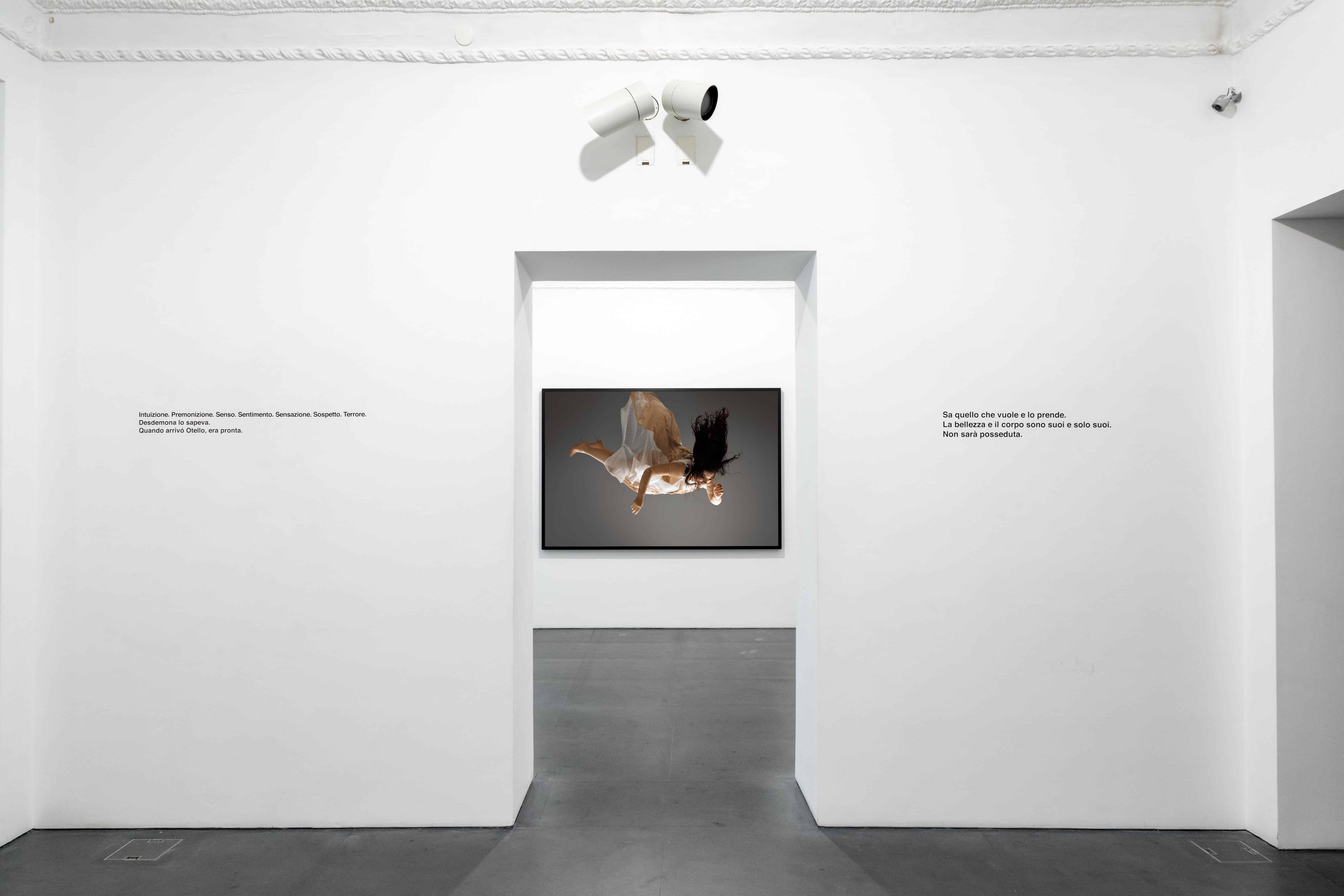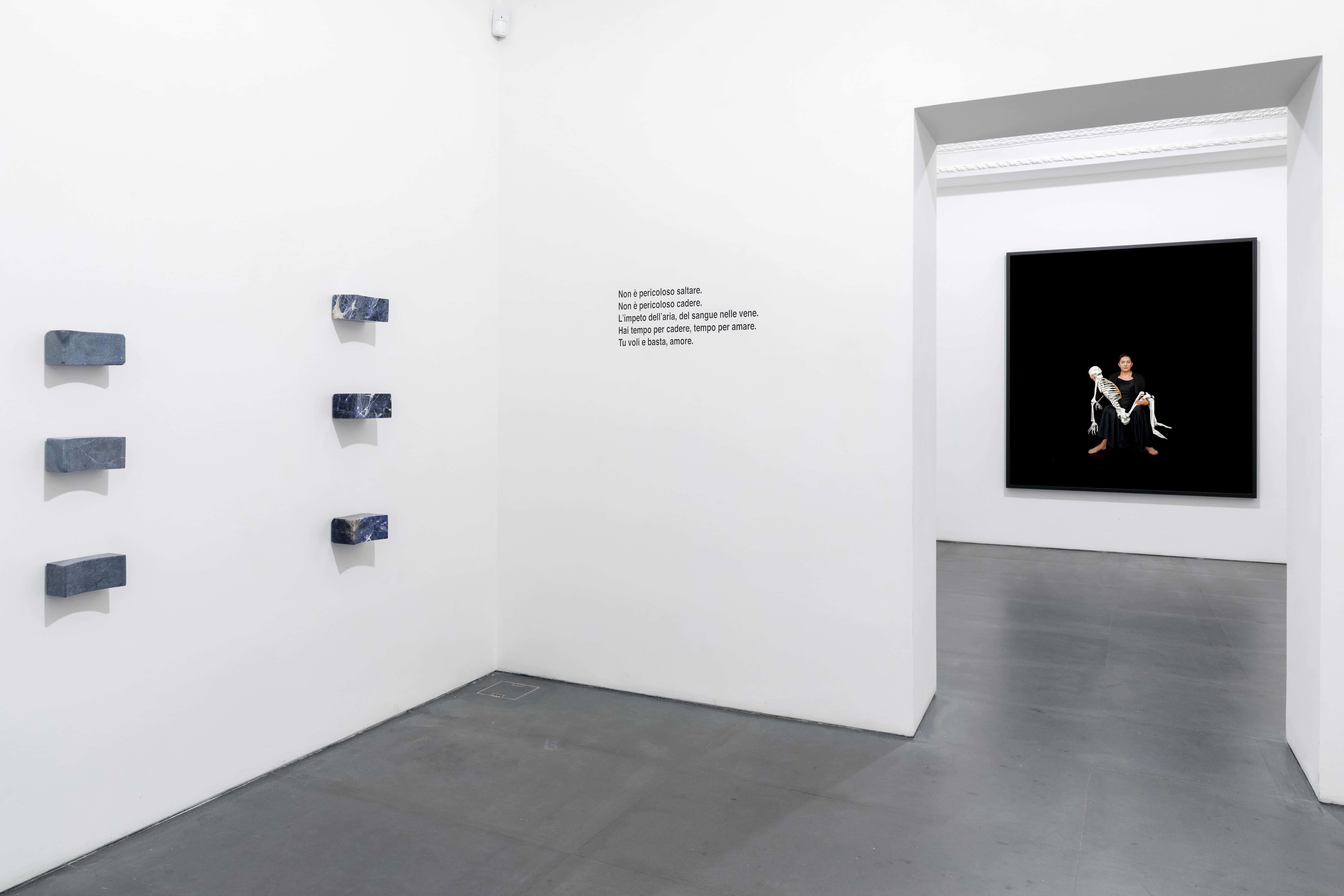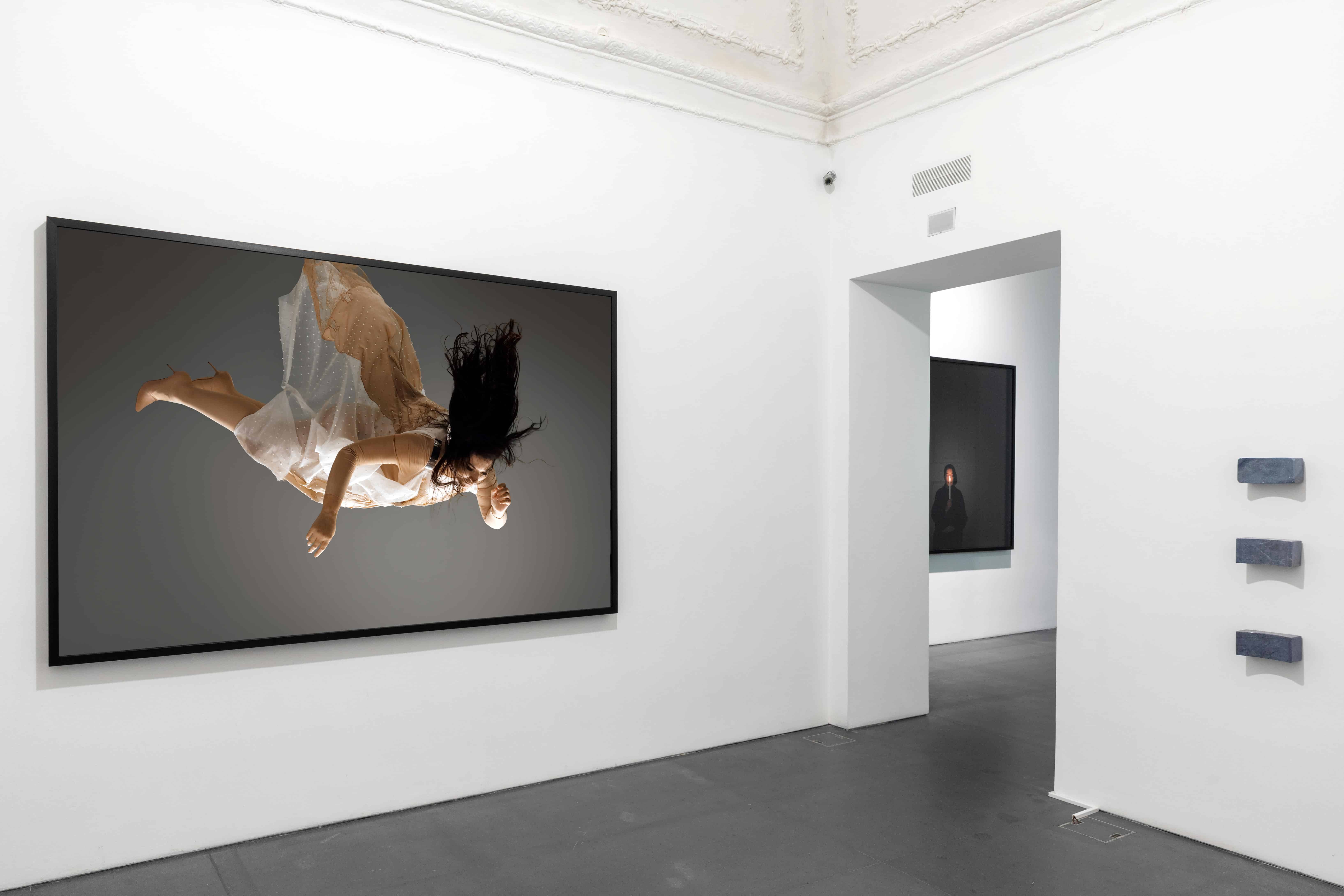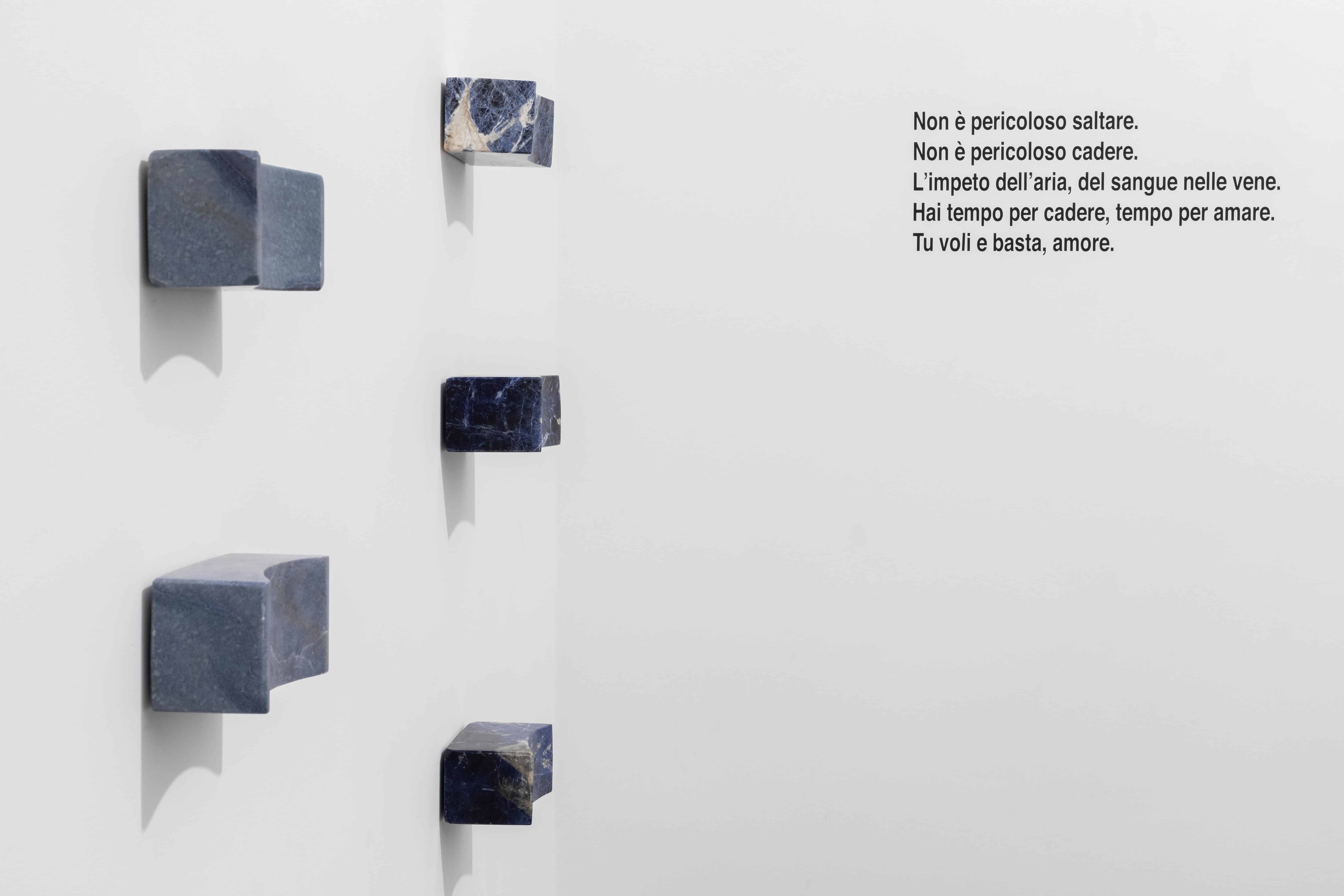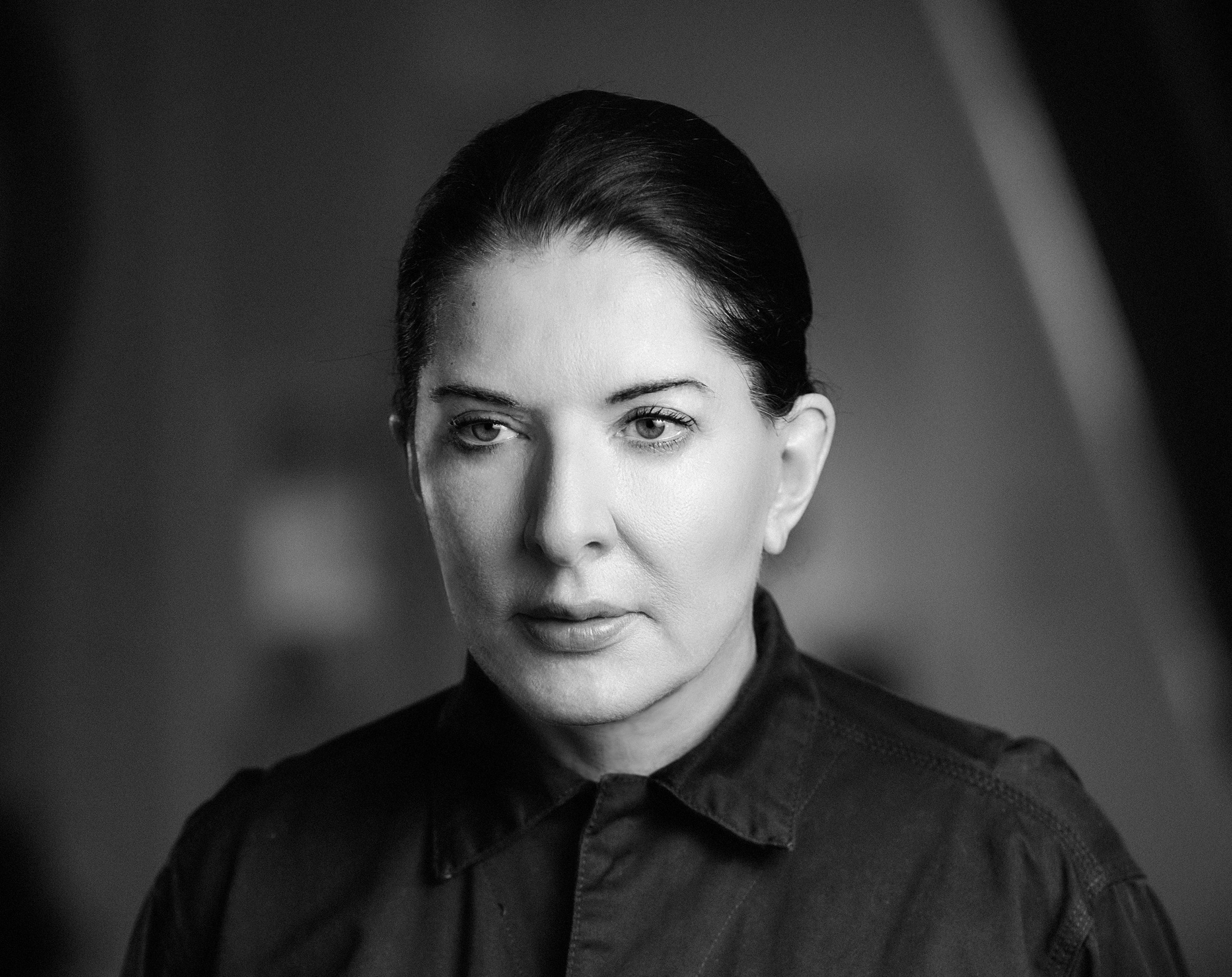Lia Rumma Gallery in Naples will present the new solo exhibition by Marina Abramović, marking the artist's return to the city.
The exhibition coincides with the tour of the first Opera written, directed and performed by the Serbian artist, titled 7 Deaths of Maria Callas, which will be premiered in Italy at the Teatro di San Carlo in Naples (13th-15th May 2022).Seven tragic heroines of the Opera, made immortal by the divine interpretation of Maria Callas, come to life in the body and movements of Marina Abramović: Tosca, Carmen, Violetta (La Traviata), Cho Cho-San (Madama Butterfly), Lucia (Lucia di Lammermoor), Norman and Desdemona (Otello).The queen of performance art embodies the queen of the Opera in a comprehensive work, resulting in a face-to-face between two great artists. “For 25 years I have wanted to create a work dedicated to the life and art of Maria Callas. I read all the biographies about her, listened to her amazing voice and watched the tapes of her performances. Like me, she was a Sagittarius, I have always been fascinated by her personality, her life, and her death. Like so many of the characters she played on the stage, she died of love. She died of a broken heart” (Marina Abramović, 7 Deaths of Maria Callas, Damiani Editore). In the gallery space the drama of the seven deaths is relived through the video installation Seven Deaths, taken from the Opera of the same name. “Women suffer eternally for love and eternally die in so many ways. It is a theme that, to me as a woman, is very dear. My work is very ‘emotional’, it touches love, death, pain, suffering, loss, betrayal: themes of which art is made", continues Abramović. This is the leitmotiv that underlies the other works in the exhibition: Artist Portrait with a Candle (B), 2012; Holding the Skeleton, 2008/2016; the diptych Portrait with Skull (Eyes Closed), 2019; and, finally, the most recent The Jump, 2022, in which Abramović interprets the role of Tosca in the final move of the last act, set here in an urban contemporary context. On several occasions, the artist has used the skeleton as her travel companion, or other elements such as the skull or the candle, to exorcise her own mortality, giving life to many ‘memento mori’ that seem to evoke 17th century vanitas enriched by a cruel game between Eros and Thanatos. One of the rooms in the gallery is home to the installation Black Dragon (1990), made up of quartz crystals mounted on the wall that invite the public to interact with them, and to feel the energy they emanate. They are Abramović's ‘transitory objects’: not simply sculptures to look at, but “performative” objects capable of triggering an exchange of energy between the work, the artist and the public, who is therefore invited to take an active part in the show.


